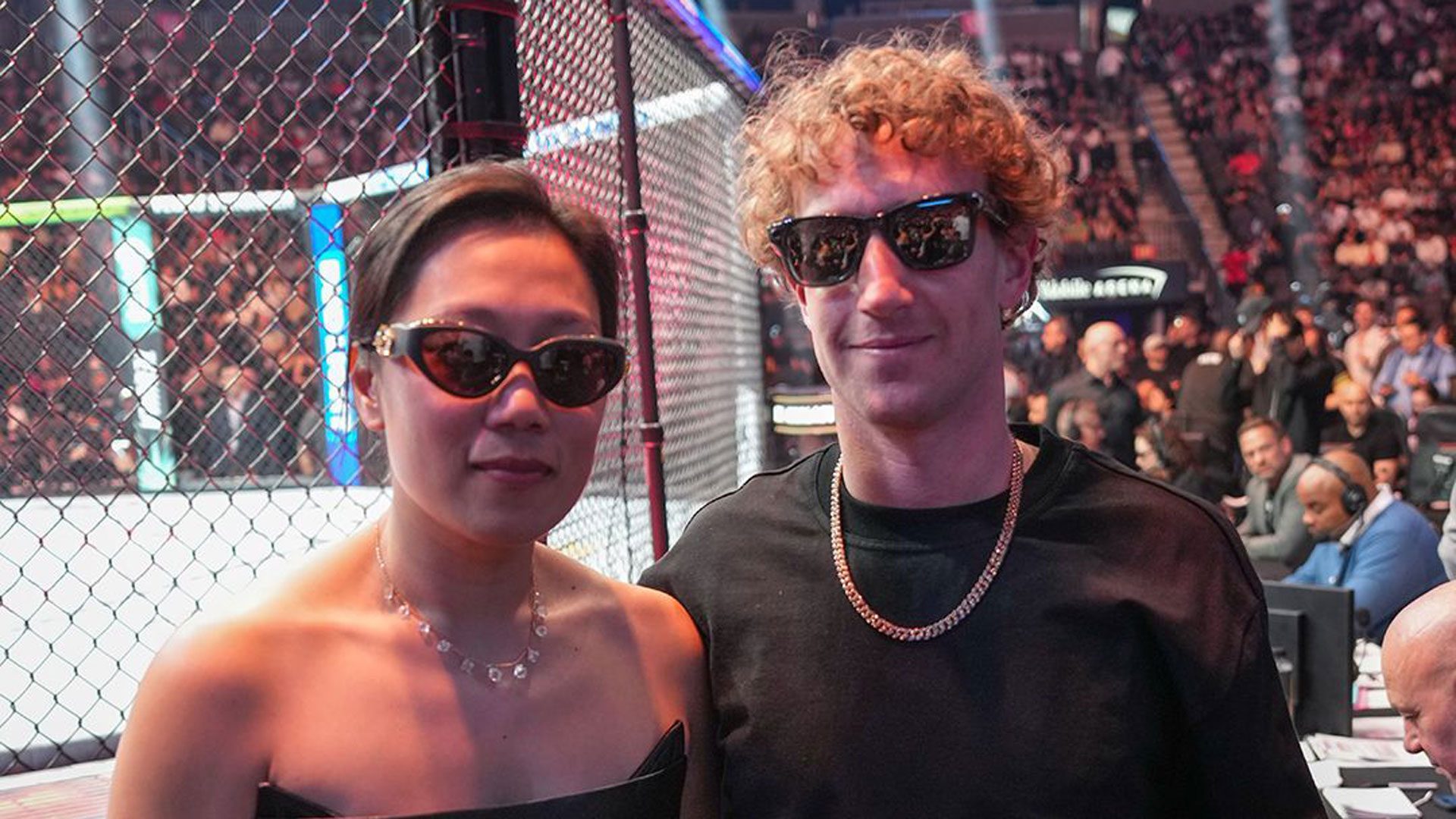Watching a captivating piece of art can be intriguing, but identifying its complete details can take time and effort. So many artworks are not just limited to canvas and museums but also digitized by posting their captured images online. Finding information about an art, its artist details, and where else it has been posted is like finding a needle in a haystack.
Fortunately, you can accurately identify all the relevant details and publishing sources by using reverse photo search technology. It narrows down the search by breaking the whole image into smaller fragments and comparing it on the basis of different factors, e.g., color, style, angles, etc.
Below, we will discover ways to identify art posting using reverse image technology and how it makes it happen.
How Does Reverse Image Technology Work?
The reverse image utilizes the content-based image retrieval (CBIR) or content-based visual information retrieval method. The simplest idea behind it is to use an image instead of a keyword to look for similar images.
As a first step, it involves the complete image analysis and converts it into a digital fingerprint or a unique code. Just like human fingerprints are unique and exclusive, every image fingerprint is unique and corresponds to multiple features of an image.
For instance, an image’s colors, patterns, shapes, and textures are all completely integrated into its fingerprint. This process is also known as image hashing. After that, the search engine conducts a sound search within its indexed images. Every image contained in it is then compared with that digital fingerprint to identify matches.
Easy Ways to Identify Art with Reverse Image
A Reverse Image Search engine is a user-friendly way of identifying any art postings with a seamless experience. No matter whether you have encountered a great art piece at a museum or online, you can quickly explore its publishers, details, and artist information with this method.
Just provide the digital image of the art by capturing it from the camera or copying it from the internet, and the photo search engine will start looking for it. Using advanced image recognition technology and AI algorithms, it detects similar visual components of artworks anywhere online. A comprehensive result is then provided that contains all the sources that have posted images of that artwork and other similar ones.
Moreover, these platforms are highly secure and don’t compromise the user’s data, and they quickly erase it the moment the user leaves their site. As an online utility, image search engines offer compatibility with all devices and systems to access them from any desktop or mobile device.
Google Lens can also contribute to finding artwork posted anywhere online. Google specifically designed it to search for similar visual content and find their web address using a query image. It is designed on CBIR, which helps identify similar images by comparing the most minor components.
The art posts housing the art websites or Instagram pages can be identified using the Lens. It only requires you to upload the image of the artwork and proceed with the search. It then analyzes the image completely, distributes it into several minute parts and compares them with other web images.
The artworks that give maximum similarity calculations are then provided in the results. By exploring these results, you can quickly identify posts relevant to your uploaded art.
You can also discover the sites where the art has been posted, copyright, and further details.
Another incredible way of finding art posts, including the reverse image method, is through image libraries. It is a prominent means of finding desired visual content, similar photos, or altered versions that have been cropped or slightly modified.
If you want to identify if a specific artwork belongs to the image library and the photographer’s details, simply provide it with the image. Get a picture of the artwork and carefully crop it, removing all extra background. Go to your preferred stock image platform and click on the camera icon to upload the image.
In the results, you can find all the relevant artwork posted there, and even your query art if it is available there. Furthermore, you can find all the relevant information about the author and artwork by exploring the results. Therefore, if you need to find the title and artist behind the art or even the photographer who captured the image, libraries might help.
Conclusion
The artwork holds the power to capture everyone’s attention to watch its elegance and details. However, sometimes we might not just stop appreciating it but rather want to explore more about it. There can be different ways to get additional information about an art piece, but you can’t find where else it exists online. However, using the reverse image technology, you can accurately identify the sites where the specific image has been published and all other details.







